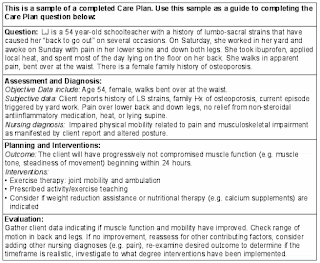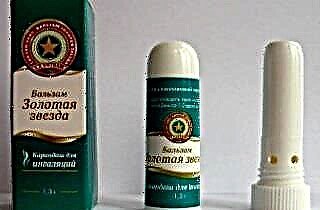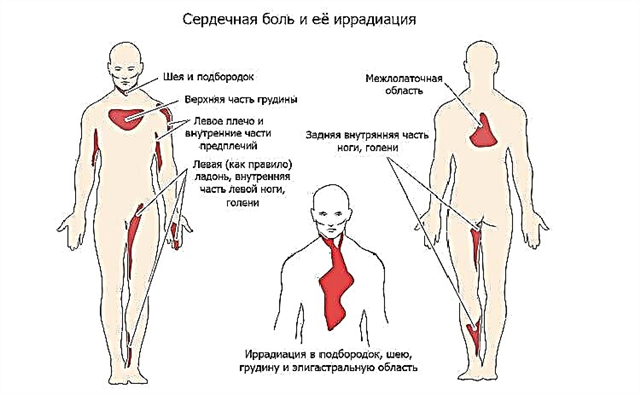Tinnitus is a symptom characteristic of both pathological processes occurring in the ear and diseases not associated with this organ. At the same time, the nature of the noise can be described by patients in different ways. It can be the rumbling of the motor, the whirring of the saw, crackling, gurgling, hum. Some patients describe this symptom in such a way that bubbles are bursting in the ear, or there is a feeling that the sea is splashing.
 The most common diseases that can be accompanied by these symptoms are
The most common diseases that can be accompanied by these symptoms are
- inflammation of the auditory tube;
- anomalies in the development of cerebral vessels;
- atherosclerosis;
- rheumatism;
- neuritis of the auditory nerve;
- head injury.
Eustachite
Among diseases of the ENT organs, most often the presence of noise in the ear is due to the development of eustachitis, inflammation of the auditory tube.
In this case, this symptom arises quite acutely, has a permanent character, which distinguishes it from the noise caused by vascular disorders. A pulsating character is atypical for him. There is an increase in noise in a horizontal position, especially with a lowered head edge, which is due to the anatomical structure of the auditory tube and its angle of inclination. When moving to a vertical position, the intensity of the noise decreases.
Most often, Eustachitis is a consequence of ARVI, tonsillitis, laryngitis. An important factor contributing to the diagnosis of this condition is the presence of catarrhal phenomena, nasal congestion, runny nose, which appeared several hours before the development of noise in the ear.
It is possible to reliably clarify the diagnosis with the help of otoscopy, which allows you to determine the retracted tympanic membrane.
Such changes are due to a decrease in pressure in the tympanic cavity resulting from a violation of the drainage function of the auditory tube.
An effective method of treating eustachitis is the use of vasoconstrictor nasal drops. Their use helps to reduce swelling of the auditory tube, as well as reduce the amount of mucus that forms. This effect leads to an improvement in the patency of the Eustachian tube and, therefore, reduces symptoms.
Reducing noise in the ear can also be achieved by applying warming procedures to the parotid region. These can be physiotherapy procedures, UHF, electrophoresis with anti-inflammatory solutions, wet and dry compresses. A similar effect can be expected from the use of heated ear drops containing boric or camphor alcohol, solutions with an antiseptic and anti-inflammatory component. The improvement should come within the next few hours.
Untimely treatment can lead to the spread of infection to the middle ear and the development of catarrhal, and possibly exudative otitis media.
In this case, an increase in symptoms is characteristic, a deterioration in the general condition. A pronounced pain syndrome is added to the unpleasant sensations in the ear. Otitis media often occurs with an increase in temperature to 38 -39 degrees. The development of this condition requires immediate consultation with an otolaryngologist, whose task is to clarify the nature of the inflammation and prescribe appropriate treatment.
Neurological and vascular disorders
In cases where there is no inflammation of the auditory tube and middle ear, and the sound remains in the ear, as if bubbles are bursting, it is necessary to consult a specialist to clarify the diagnosis. The study of this pathology is carried out by a neuropathologist and an angioneurologist.
Noise in the ear may be due to a dysfunction of the auditory nerve. An infectious or traumatic lesion leads to insufficient blood supply to the auditory artery, which is manifested by the development of this symptom. Similar symptoms occur with cerebral aneurysm. Rheumatic and atherosclerotic vascular lesions can also be manifested by the presence of a feeling that bubbles in the ears are bursting.
Hardware inspection
In order to clarify the nature of the lesion in this case, the following brain studies can help:
- echoencephalography (used when a tumor or traumatic brain injury is suspected);
- Doppler ultrasound, which is based on the study of large vessels with the help of an appropriate sound signal;
- computed tomography (allows you to study the structure of the brain in cross section);
- magnetic resonance imaging (evaluates the anatomical features of the brain and the presence of pathological changes in it);
- magnetic resonance angiography;
- positron emission tomography (evaluates the metabolic processes of the brain at the cellular level).
Depending on the detected pathology, a specialist can offer a variety of treatment methods. It can be both medications and physiotherapy procedures. In the presence of a post-traumatic hematoma or tumor, the question of not only conservative, but also surgical methods of treatment may be raised.



